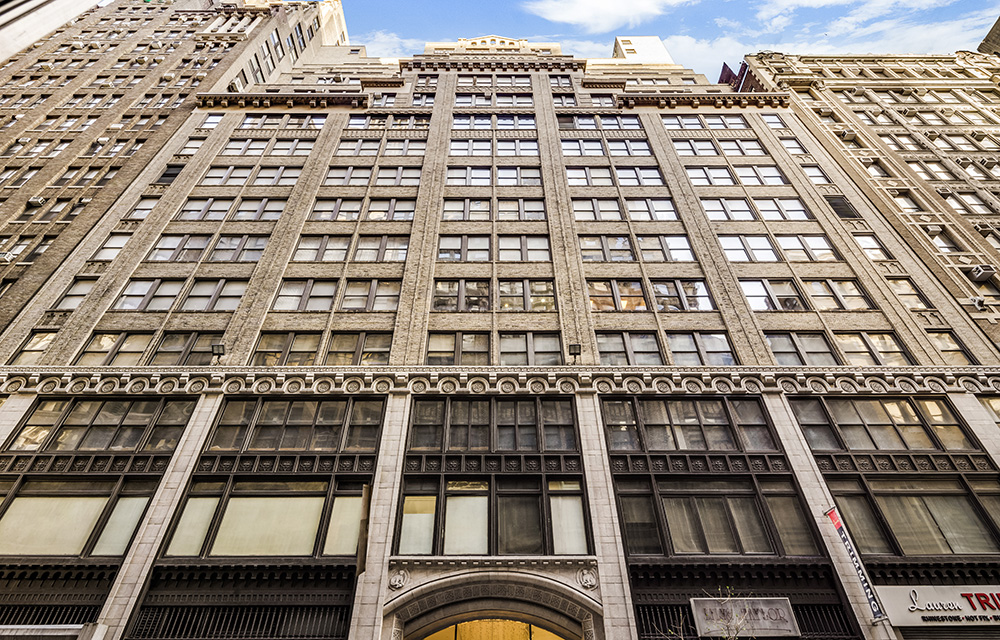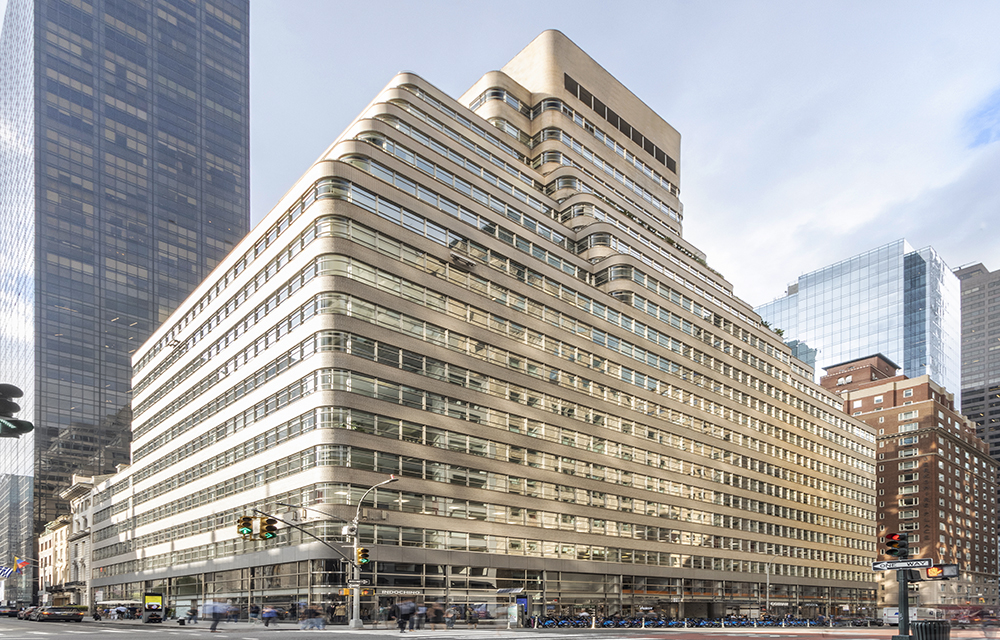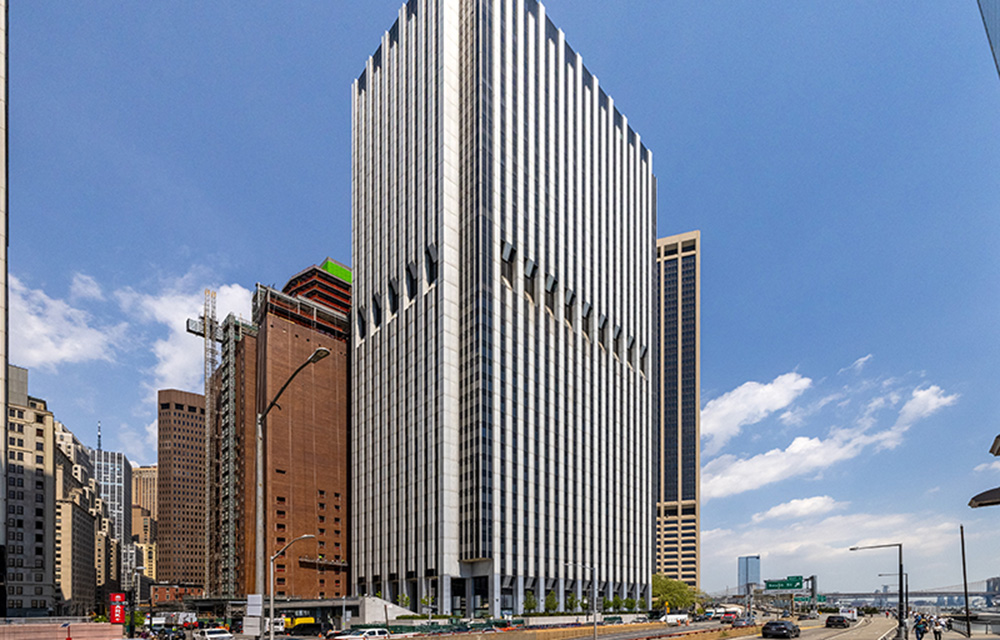News:
Brokerage
Posted: April 22, 2013
Affordable housing initiatives paved the way for neighborhood revitalization
A topic always in the forefront of New York real estate is "affordable housing." Even the term itself is the subject of ongoing debates with some finding the phrase ambiguous and incapable of encompassing the various income-brackets and distinctions often determined during the planning and financing phases of a high-level project.
The political and social climate surrounding this asset class is always evolving and never without controversy, as witnessed during mayoral debates and intense community board meetings where another term, or buzz-word, "gentrification," can hold several meanings and instigate emotional reactions. The underlying issue is the understanding that decisions about the development and placement of housing—whether free market or income-restricted—shape the landscape and culture of a neighborhood for generations.
We're now seeing the long-term effects and success of many affordable housing initiatives implemented decades ago when the city and developers began investing billions of dollars in neighborhoods devastated by disinvestment, abandonment, and arson. Private capital followed the public investment, making the development of condominiums and market-rate rental projects we see today possible.
The city's housing stock began suffering in the 1970s when about 800,000 residents moved out of New York City and local businesses folded. The dwindling rental pool, low rents, skyrocketing oil prices, and other costs resulted in owners walking away from their properties. By the mid-1980s, the city had foreclosed on thousands of buildings for nonpayment of taxes and taken possession of 100,000 units of vacant and occupied apartments.
In response, the late Mayor Ed Koch announced in 1985 a multi-billion dollar housing plan that concentrated on preserving and rehabbing properties the city had seized for nonpayment of taxes. Also as part of the plan, eight ground-up housing complexes were developed under an agreement with the Housing Development Corp.'s subsidiary, the Housing Assistance Corp. (HAC).
Ariel Property Advisors recently sold one of the eight properties operating under a HAC agreement-Logan Plaza at 1423-25 Amsterdam in West Harlem. The nine-story, 130-unit, low and moderate-income building was completed in 1988 and recently sold for $17 million. As with other properties built or rehabilitated under housing initiatives launched by the Koch Administration, Logan Plaza included a rental subsidy, tax benefits, and income restrictions on tenancy.
Of the 66,080 housing units built or rehabilitated in Manhattan between 1987 and 2003, nearly half were located in Central and East Harlem, according to a study by NYU's Furman Center for Real Estate & Urban Policy. Between 1987 and 2003, the city's capital programs provided assistance for 21,632 units in Central Harlem, or 40.6% of the area's existing units in 2000, and 8,938 units in East Harlem, or 19.4% of the community's existing units in 2000.
To rebuild both housing and neighborhoods, the city partnered with nonprofits, local entrepreneurs, and community-based businesses that renovated the buildings and accepted regulations in exchange for low-interest financing or low-income housing tax credits.
In recent years, we've seen an influx of these properties hit the market because the 15-year initial compliance period for many formerly city-owned buildings has expired. Since the city's leaders planned to maintain the affordability of these buildings for decades, the properties will continue to operate under regulatory agreements for another 15 to20 years and their full upside won't be realized in the near term.
At Ariel Property Advisors, we're currently handling several assignments in Northern Manhattan that are encumbered by regulatory agreements. Although similar in structure, the terms, mechanisms to determine income brackets, and city agencies that enforce the restrictions can vary from case to case. Income restrictions can be tied into a%age of Area Median Income (AMI) or based on an annual multiple of the rent. There are also variations in the rent limits, timing of tax benefits, reporting requirements and more. What is more consistent throughout is that the buildings feature more up-to-date systems and more sizeable lay-outs than their free-market counterparts.
Active investors have become increasingly aware of the long-term potential of these assets because the buildings have been renovated, often include mandates to remain well-maintained, and neighborhoods like Harlem have become popular destinations for renters and landlords. As a result, we've seen new buyers for this product-type emerge willing to go through the appropriate city agency approval process.
Through his New Housing Marketplace Plan, mayor Michael Bloomberg is continuing the work started by mayor Koch by pledging to finance the construction or preservation of 165,000 units of affordable housing by the close of the 2014 fiscal year. As part of this initiative, the city is seeking to build housing—80% market rate and 20% low-income—on New York City Housing Authority (NYCHA) sites and we're seeing attitudes toward new housing come full circle. While in previous decades residents may have feared the construction of affordable housing in their communities, today it's the residents of NYCHA housing that fear the proposed housing will change the character of their communities through gentrification.
Victor Sozio is a vice president at Ariel Property Advisors, New York, N.Y.
Tags:
Brokerage
MORE FROM Brokerage
Meridian Capital Group arranges 10-year retail lease for Mess at 236 West 10th St.
Manhattan, NY According to Meridian Capital Group, Jordan Langer, Noam Aziz and Carson Shahrabani of the firm’s retail leasing team have arranged a five-year lease at 236 West 10th St. in Greenwich Village

Quick Hits
Columns and Thought Leadership

Lasting effects of eminent domain on commercial development - by Sebastian Jablonski
The state has the authority to seize all or part of privately owned commercial real estate for public use by the power of eminent domain. Although the state is constitutionally required to provide just compensation to the property owner, it frequently fails to account

Strategic pause - by Shallini Mehra and Chirag Doshi
Many investors are in a period of strategic pause as New York City’s mayoral race approaches. A major inflection point came with the Democratic primary victory of Zohran Mamdani, a staunch tenant advocate, with a progressive housing platform which supports rent freezes for rent

AI comes to public relations, but be cautious, experts say - by Harry Zlokower
Last month Bisnow scheduled the New York AI & Technology cocktail event on commercial real estate, moderated by Tal Kerret, president, Silverstein Properties, and including tech officers from Rudin Management, Silverstein Properties, structural engineering company Thornton Tomasetti and the founder of Overlay Capital Build,

Behind the post: Why reels, stories, and shorts work for CRE (and how to use them) - by Kimberly Zar Bloorian
Let’s be real: if you’re still only posting photos of properties, you’re missing out. Reels, Stories, and Shorts are where attention lives, and in commercial real estate, attention is currency.








.jpg)
.gif)
.gif)